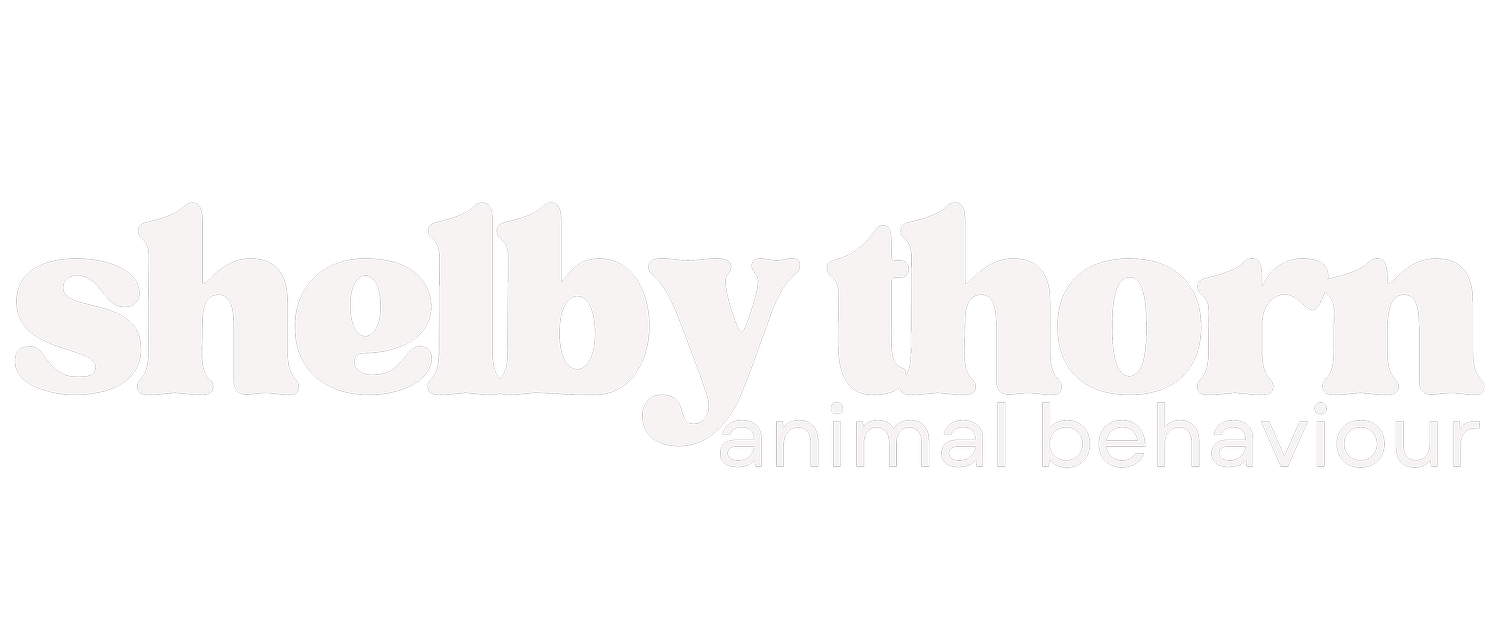Release the Leash - Put Faith In Your Release Cue!
A release word is a cue used to let your dog know they are free to stop performing a behaviour such as ‘sit’. It’s like saying, “You’re done with this task; you can finish now!” A release cue provides clarity by marking the end of a behaviour, helping your dog understand when you’re ready for them to transition out of a stationary position.
This cue teaches impulse control and patience, allowing your dog to hold a behaviour for extended periods. This skill is useful in everyday situations, such as waiting in the car or staying in their crate, without needing to rely on external management like doors. A consistent release word prevents your dog from “self-releasing” before you’d like them to, giving you more control and helping you build reliability in their behaviours.
How do I teach a release cue?
Choose your release word: Pick a simple, clear word like ‘Free’, ‘Finish’, or ‘Break’. You can even make it fun with something like “Party!” but, whatever you choose, stick with it consistently. The release word should be distinct and used only for this purpose, so your dog learns to recognize it immediately.
Teach the release: Before introducing the release cue, your dog should have a solid understanding of a basic behaviour like ‘sit’. Start in a quiet, distraction-free space. Cue your dog to sit, marking and rewarding when they do so. A second later, say your release word in a cheerful tone, and toss a treat away from you for them to follow. This teaches your dog to transition out of the stationary behaviour when the release word is given.
Practice increasing duration: To help build impulse control, it’s crucial to teach your dog to hold the behaviour until the release cue. Start with short periods and gradually increase the duration they stay in position. During this time, mark and reinforce their calm behaviour regularly. By rewarding them multiple times throughout the duration, you reinforce that staying in place is the desired behaviour.
Tips for success:
Reset the behaviour if needed -
If your dog moves out of position before you release them, simply cue them back into the behaviour. Don’t scold—just reset them with the verbal cue. Once they’re back in place, mark and reward. Start with a lower duration goal and release them a bit earlier to allow more practice. Keep it positive to avoid confusion and encourage them to keep trying.
Watch the body language -
Watch your dog closely for subtle body language signals, like shifting weight or looking around, which may indicate they’re about to break position. If you catch these signals early, you can release them before they do it on their own or guide them back into focus. Mark and reinforce when they re-engage and then give the release. Being proactive with body language helps set your dog up for success.
Don’t rush the process -
Focus on consistency and quality over speed. Gradually increase the challenge by first extending duration, then adding distance and distractions. Short, successful attempts are more effective than pushing for long durations or distances that might lead to frustration or confusion. It’s more important to build success gradually than to risk your dog breaking the behaviour.
Teaching your dog a release word is a powerful way to build their self-control, and once proofed, it’s incredibly useful in everyday situations. With patience and consistency, you’ll help your dog understand when it’s time to stay and when it’s time to move, giving you more control and making life out and about easier!

